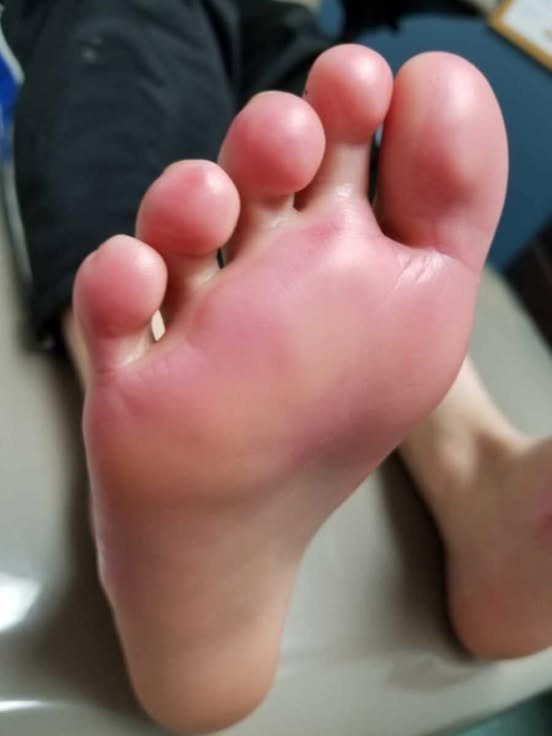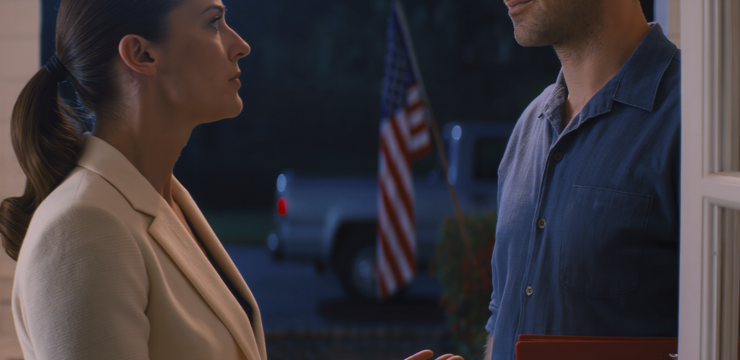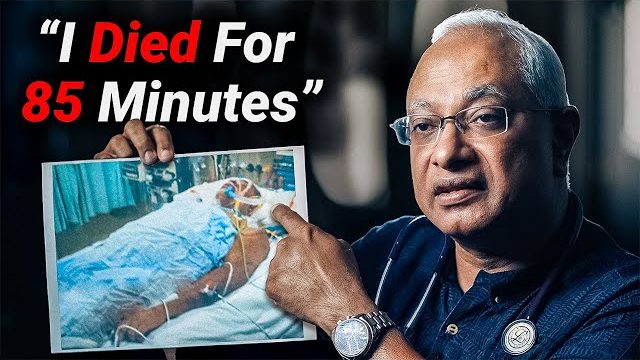My son Peyton is 9 years old, and like most kids his age, he loves running around, playing with his friends, and especially wearing cool, light-up shoes. On June 24th, everything seemed like a typical day—he was at school having fun, and at some point, he got his shoes wet while playing with water.

He was wearing socks inside his sneakers, and while that may not seem like a big deal, it turned out to be the beginning of something I never could’ve imagined. That evening, Peyton came home and said his feet were hurting. I took a look, and they appeared red, but I figured they were just cold and wet from the earlier water play. I told him to rest, assuming it would pass. The next day, though, things took a serious turn. After spending time playing outside again, Peyton came back inside saying his feet were burning and in pain. When I looked this time, the redness had worsened, and blisters had formed.
He was clearly in agony. It wasn’t just discomfort anymore—it was something more serious. The next morning, I called his pediatrician immediately, and we were quickly referred to a foot specialist. The specialist asked lots of questions, trying to figure out what could’ve caused this. Then came a key detail: Peyton’s light-up Skechers shoes had stopped working around the same time. That’s when things started to click. The specialist had seen a similar case once before and explained that some light-up shoes contain batteries and wiring that can leak chemicals if they get wet.
Those chemicals can seep out and come into direct contact with the skin, causing serious burns. In Peyton’s case, he had suffered second-degree chemical burns on his feet—yes, from wearing wet light-up shoes. We were shocked. We’ve always been cautious parents. We live in New York and have nine kids altogether, and we’ve bought Skechers many times without issue. The pair Peyton had were called ‘Rayz,’ which featured an on/off switch for the lights.
They were fun, bright, and Peyton loved them, just like most kids would. We never once considered that the shoes could turn dangerous if they got wet. Now, because of those burns, my son’s summer break began with pain and limitations. Instead of playing outside with his friends and brothers, Peyton has to keep his feet wrapped and protected. He’s been incredibly brave through all of it, and I admire his strength. The doctor prescribed Silvadene cream to treat the burns, which we’ll be using daily for about three weeks. Starting tomorrow, he’ll also begin taking steroids for two weeks to help with inflammation and healing. As a mother, I feel an overwhelming mix of guilt, frustration, and disbelief. These are children’s shoes—designed and marketed for active kids who love to run, jump, and yes, sometimes get wet. Never did it cross my mind that water could trigger a chemical reaction from a shoe’s internal battery system. The whole situation has opened my eyes, and I hope it will help raise awareness for other parents. If your child owns light-up shoes, especially ones with batteries built inside, please take precautions. Don’t let them get wet, and avoid puddles, sprinklers, or any type of water play while wearing them. Kids love the flashing lights and the fun designs, but their safety has to come first. We only made the connection because Peyton’s lights stopped working, which matched up with when the symptoms began. I never imagined that footwear could lead to chemical burns, and I hope no other parent has to learn about it the way we did. This experience has been difficult, but if sharing our story can prevent it from happening to even one other child, then it’s worth it. Please share our story with other parents and caregivers on Facebook, Twitter, or wherever you connect with your community. Awareness is key, and no family should be caught off guard like we were. Peyton is healing, and we’re hopeful he’ll be back on his feet soon, but we’ll never look at a pair of light-up shoes the same way again.





